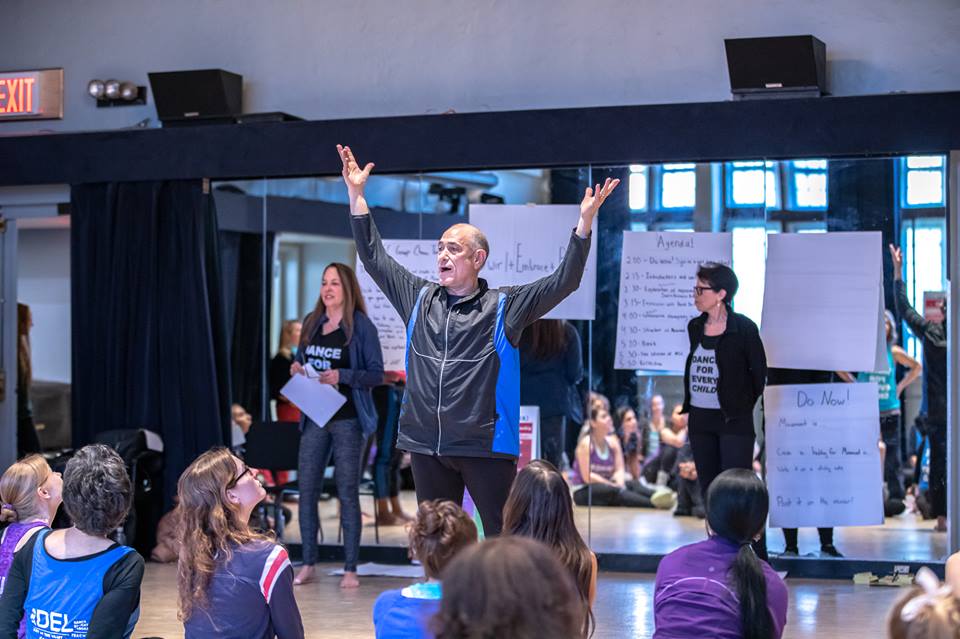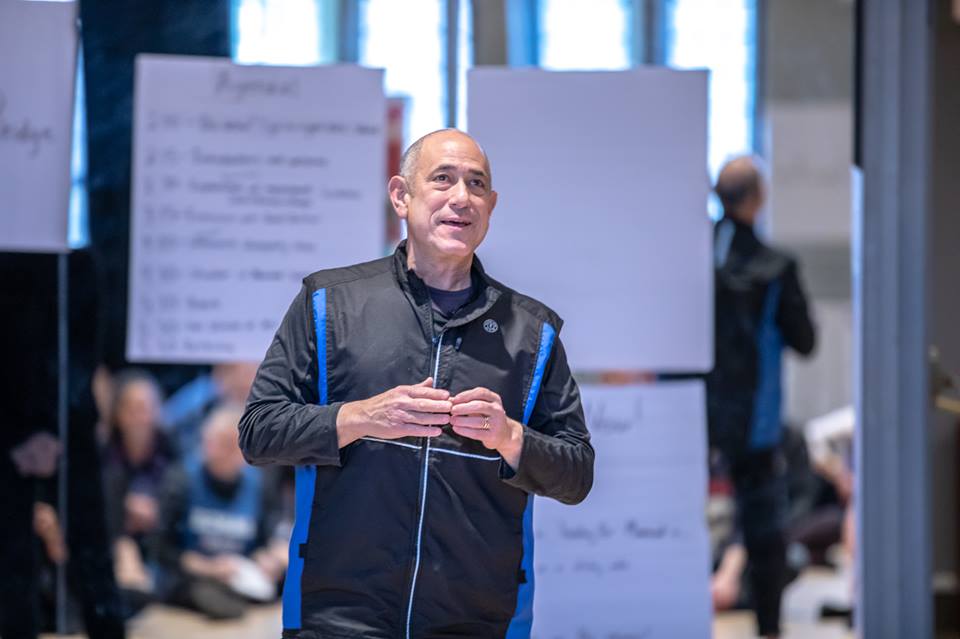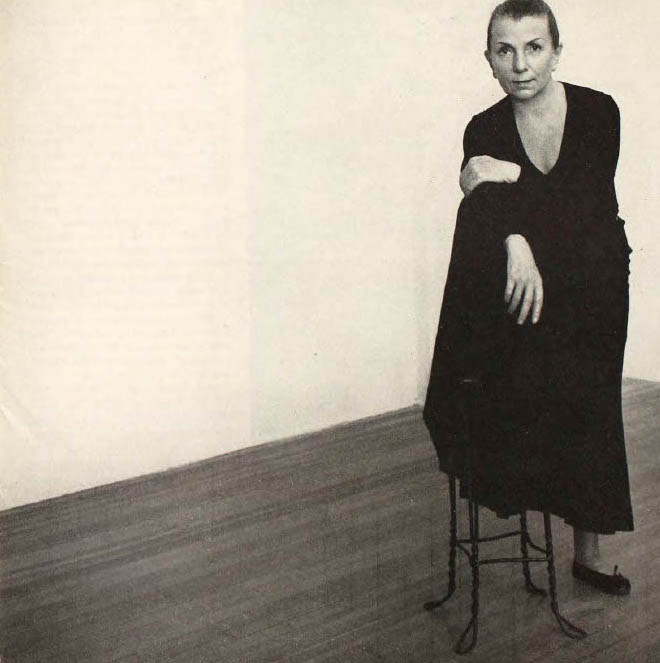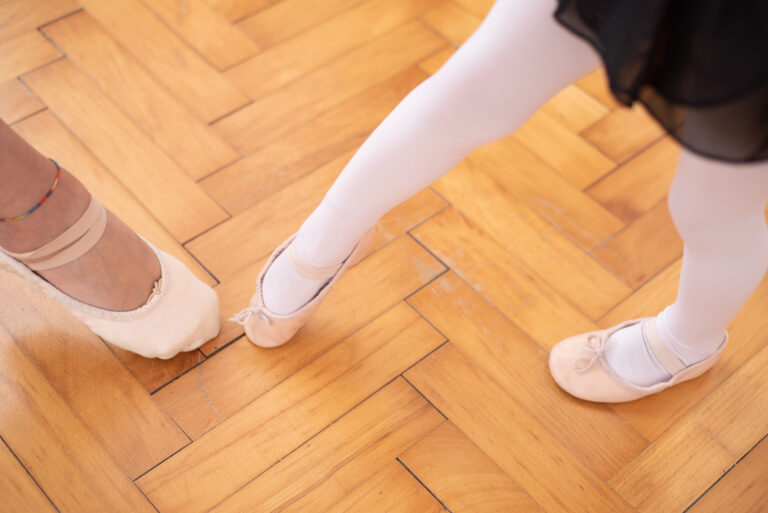
When I was a first-year student in Connecticut College’s dance department, I was constantly stunned by professor of dance David Dorfman’s ability to quickly learn names. We’d barely even registered who he was before he could effortlessly flag each and every one of us down by name.
At the time, I assumed that Dorfman (also the founder and artistic director of David Dorfman Dance) just has some kind of natural gift. In a recent conversation, though, he revealed that this is actually a skill that he’s worked hard to hone—and not by employing the same strategies we’ve all heard before.
Whether you teach on the master-class circuit, frequently serve as a guest choreographer in different studios, or just want to move on more quickly from learning students’ names to actually teaching them to dance, Dorfman’s tips will help you internalize those many names all the faster.
What’s in a Name?
Dorfman first noticed the power of addressing folks by name from observing his father, a salesman. “When I was a little kid, I would sometimes travel around with him,” he recalls. “It seems like a transactional reason, but when you know a customer’s name it really feels like you’re talking to them, as opposed to just another customer.” So Dorfman now makes a point of internalizing names during warm-up at the beginning of every class he teaches and at the start of every semester or residency. “We’re embarking on a relationship for the period of that class,” he says. “In that given amount of time, I want to know you and regard you with as much generosity and courtesy as I can.”

Repetition, Repetition, Repetition
No wacky mnemonic devices for Dorfman. “I don’t say, ‘It’s Beatrice, so I think of her looking like a bee and buzzing around,’” he says. “I just ask Beatrice to say her name and I try to connect it with her embodiment.” Dorfman creates moments to cement each name aloud, over and over, throughout the course of classroom instruction. Think: “Beatrice, I love the liquid quality of your arms in that last exercise. Did everyone notice Beatrice’s arms?”
In Your (Dancing) Shoes
The “Say your name while gesturing, then the rest of the class repeats your name and gesture” game is a classic for a reason. As Dorfman says: “It means everyone is doing a little bit of what Susan Leigh Foster calls ‘kinesthetic empathy.’ You’re being in someone else’s body for three seconds.” This activity engages learners of all types, including those who learn best aurally (hearing/saying names) or visually (observing each gesture/name pairing).
Take Your Time
Rushing through names can be a waste of everyone’s time. “The time you take and the tempo you set underscore everything—it’s the foundation of your shared community,” Dorfman says. That’s why Dorfman makes deliberate eye contact with each dancer, and encourages the class to take full breaths between each name. It’s undoubtedly much tougher to encode names in memory when they’re gone over hurriedly. But it’s not just that, according to Dorfman: “When a dancer is nervous to speak in class, having all eyes on them can be uncomfortable and feel like an eternity. When we all do it, it makes a contract where we’re all safe and in this together.”

Don’t Be “Difficult”
It’s our responsibility as educators to pronounce every name correctly—without making the bearers of unusual or unfamiliar names feel burdened by our ignorance. “I think that asking someone to spell out their name almost makes it their problem for having a name that I don’t understand,” Dorfman says. “I feel bad enough asking them to repeat it a few times.” If possible, make like Dorfman and ask to have a list of dancer names before you walk into the studio for the first time. “Even without knowing faces or exact pronunciation, seeing the names in writing beforehand gives you a head start.”
Rely on Spatial Memory
In Dorfman’s first “survival” job as a waiter, he’d challenge himself to remember what customers had ordered without writing it down based in part on where they were sitting around the table. You can use the same principle by keeping dancers in the same place in the room in that first class. If you’re having trouble getting a particular dancer’s name, “Hover around that person and maximize your interaction with them,” says Dorfman. Just don’t focus completely on articles of clothing as memory aids. “They won’t always wear a red shirt, and they could always take it off halfway through class.”
What If Names Aren’t Your Game?
Of course, all these strategies assume that knowing every dancer’s name is an integral part of your teaching practice—which, Dorfman says, it doesn’t necessarily have to be. “I respect all those educators for whom it’s not a priority. They’ve figured out their own ways to draw their attention to each and every person in the class. As for me, I feel that our job as artists is to share the way we’re seeing with others. Learning someone’s name brings your attention to their perspective, and shows that you value the way they see the world.”




